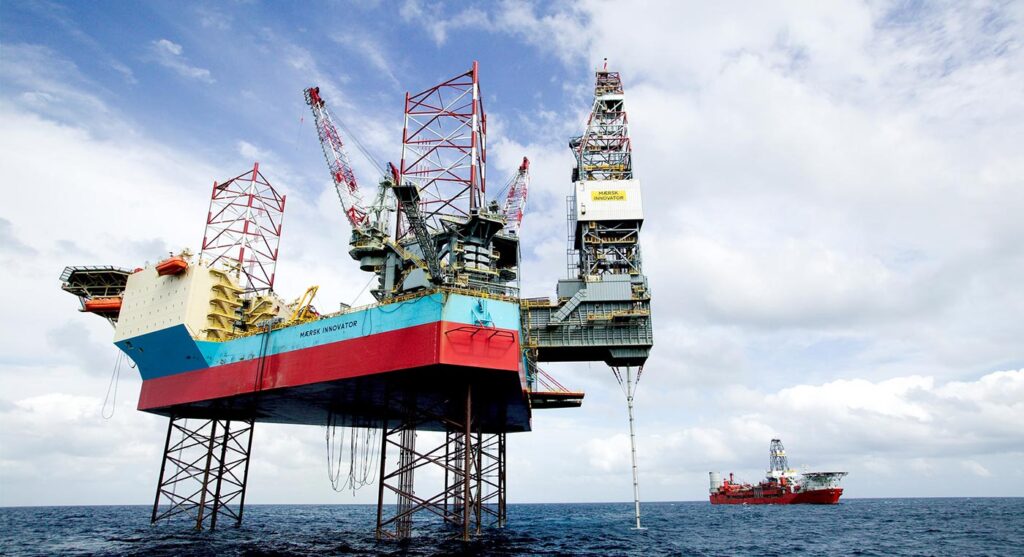
A Jack-Up rig is a type of jack-up rig that is designed to be towed from one location to another. Unlike self-propelled jack-up rigs, which can move themselves under their own power, towing jack-up rigs need to be towed to their drilling location by a tugboat or other vessel.
Towing jack-up rigs are often used in areas where there is limited access to ports or other facilities that can support the mobilization of a self-propelled rig. By towing the rig to its location, operators can avoid the need for expensive and time-consuming transport arrangements.
Once the towing jack-up rig arrives at its drilling location, it can be positioned and anchored to the sea floor using its jacking system. The rig can then be raised above the water line, allowing drilling operations to commence.
Towing jack-up rigs are typically smaller and lighter than self-propelled jack-up rigs, which makes them more maneuverable and easier to transport. They are commonly used in shallow water areas, such as coastal waters, and can be used for a range of drilling activities, including exploration, development, and workover operations.



